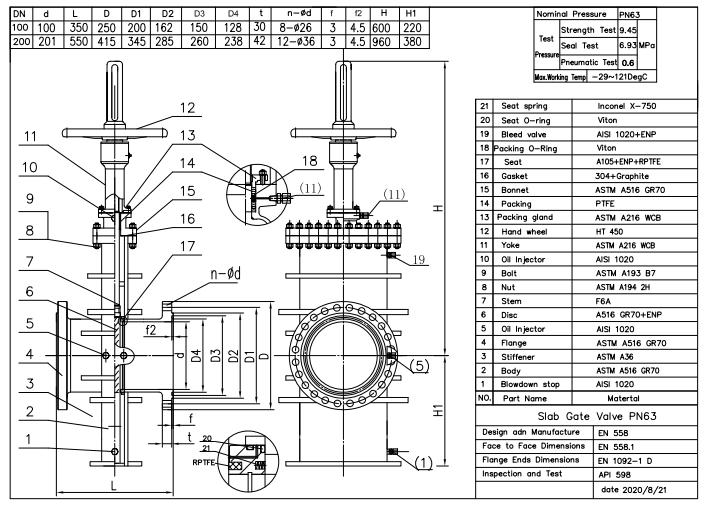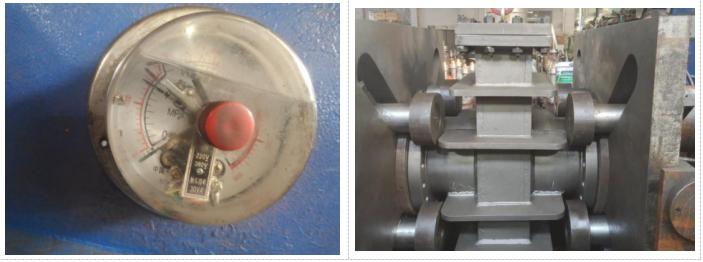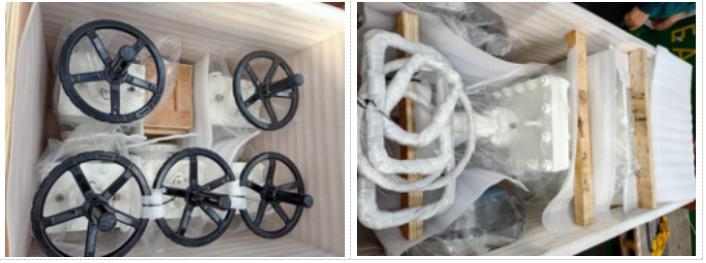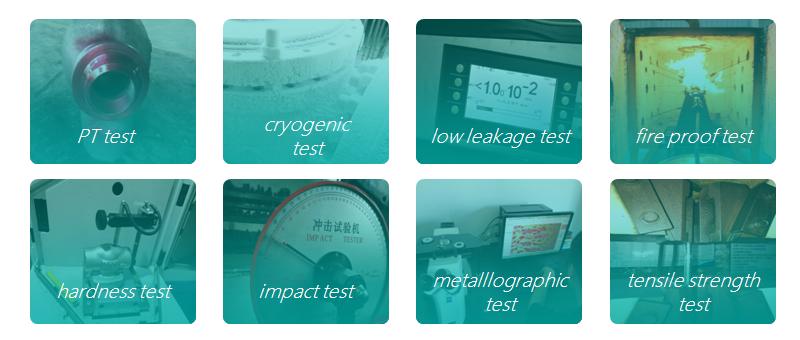The DN100 through conduit slate gate valve is made according to EN558.It is ideal for pipeline applications requiring pigging capability.
Payment:
30% when order confirmed, 70% before shipmentProduct Origin:
ChinaColor:
CustomizationShipping Port:
Shanghai, ChinaLead Time:
30~60 days Ex Works after order confirmationMaterial:
A516Method of Operation:
HandwheelQuick Detail
|
Type |
Gate Valve |
|
Nominal Diameter |
DN100 |
|
NominalPressure |
PN63 |
|
Construction |
Slab type;Through Conduit |
|
Connection |
D Type Flange |
|
Design & Manufacture |
EN558 |
|
End to End Dimension |
EN558.1 |
|
Flange Dimension |
EN1092-1 D |
|
Test & Inspection |
API598 |
|
Body Material |
A516 |
|
Disc Material |
A516 |
|
Seat Material |
A105+ENP+RPTFE |
|
Temp. Range |
-29~121℃ |
|
Media |
Water, Steam, Oil, etc |
Through conduit plate gate valves are the oil and gas industry's choice for liquid and gas applications where reliable, tight shutoff is required to prevent leakage and minimize loss of process contamination.
Features
-Fire-safe Level:Mk
-Temp. Level :T3,
-Leakage Level:EN12266A
-Back Seat
-Primary metal-secondary soft seat
-Changeable packing stuff

Technical Drawing

Witness Tests

Packing

Special Tests
Besides general tests we will do (hydraulic and air test), we could also do tensile strength test, metallographic test,fugitive emission test, andNDE test (UT,RT,PT,MT) upon customers’ specific requests.

If you are interested in our products and want to know more details,please leave a message here,we will reply you as soon as we can.